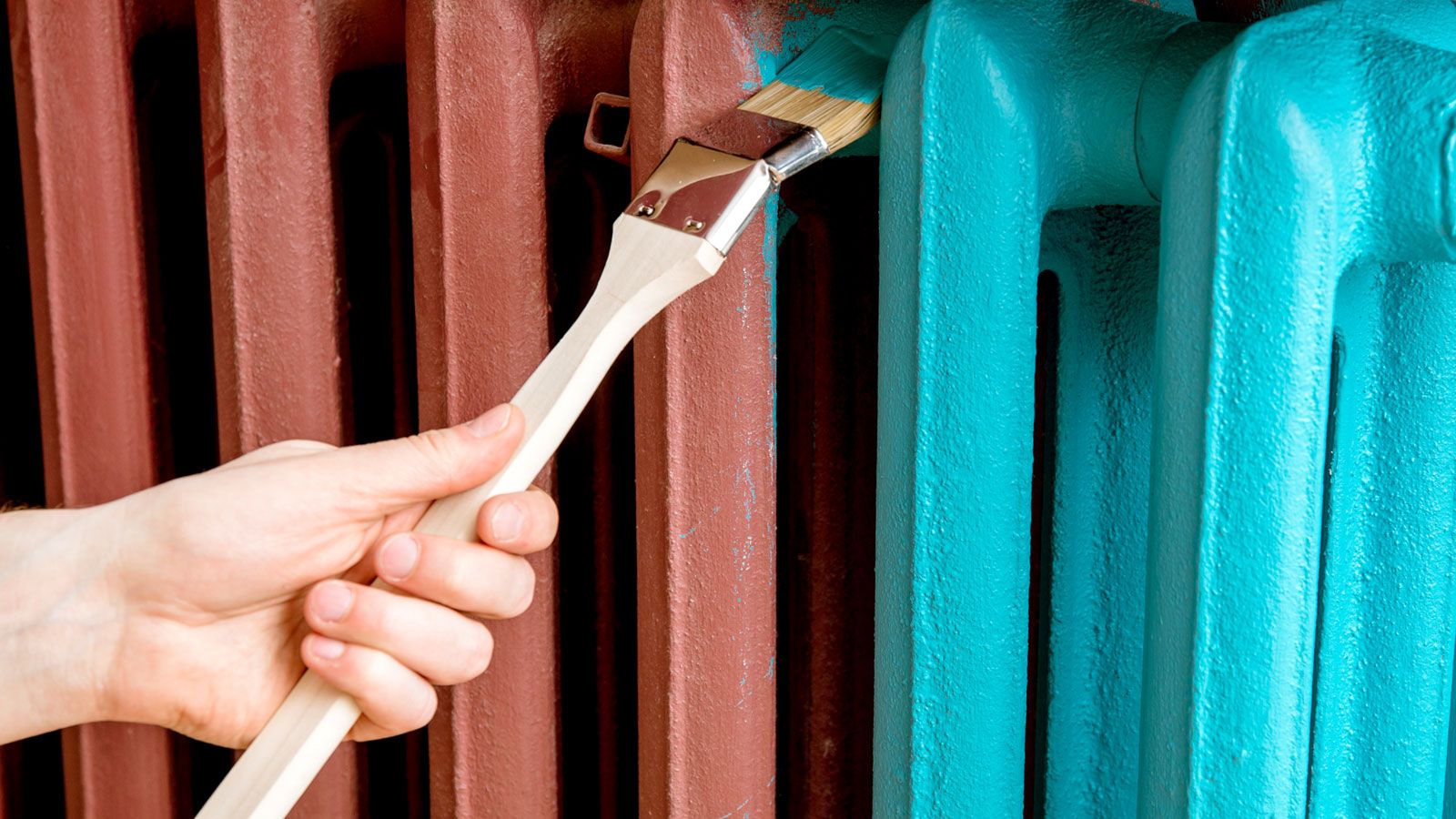
"Most radiators come pre-painted and factory-finished, so it makes sense that they are at their most energy-efficient. However, the original colour might not meet your design ambitions, or time has taken its toll, and a repaint is on the cards. Even the best radiators will eventually need a makeover, and a new coat of paint is a very cost-effective way to update them. But the big question is, will the new paint affect the heat output?"
"When painting radiators, adding more layers of paint can affect the output of a radiator, but the reduction in output is typically minimal, as Viktor Velikov, Director of ELSERVE points out, "Each layer of paint adds a thin barrier that can slightly reduce a radiator's ability to release heat. The effect is usually minor," he adds, "But excessive build-up insulates the metal and lowers efficiency.""
Most radiators arrive pre-painted and factory-finished, making them near their peak energy efficiency. Repainting is a cost-effective way to refresh appearance when colour or wear is unsatisfactory. Adding additional paint layers can slightly reduce heat output because each layer creates a thin barrier to heat transfer. The reduction is usually minimal with normal coats, but excessive paint build-up can insulate the metal and lower efficiency. Most modern radiators leave the factory with three thin, heat-resistant layers: a primer to prevent corrosion, an undercoat for adhesion, and a gloss topcoat for durability and appearance.
Read at Homebuilding
Unable to calculate read time
Collection
[
|
...
]